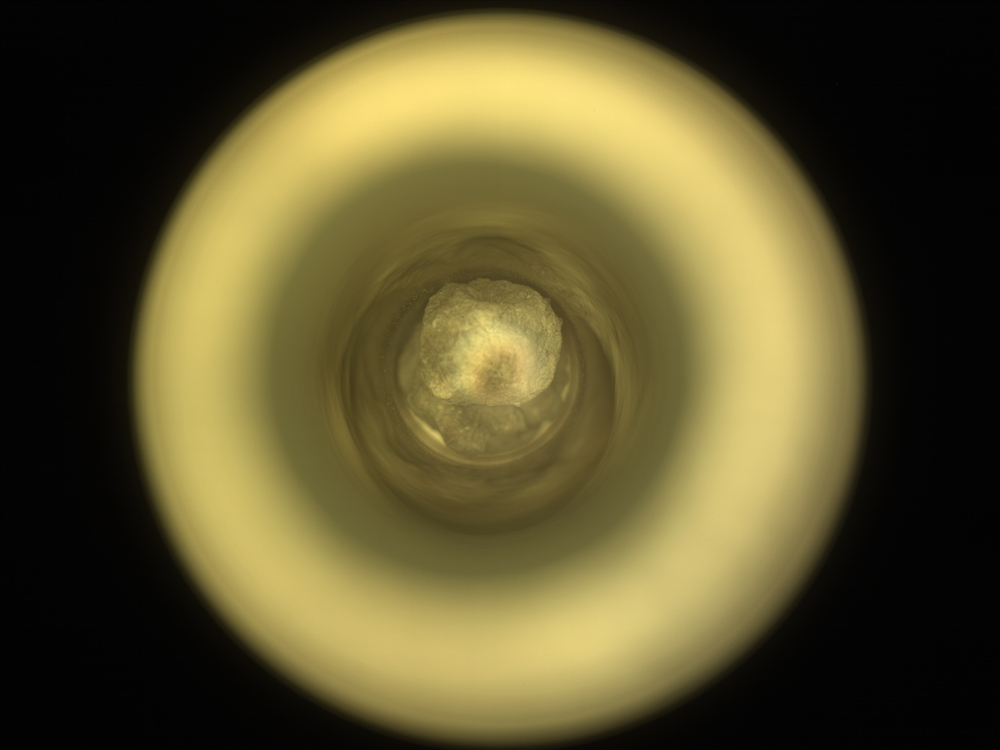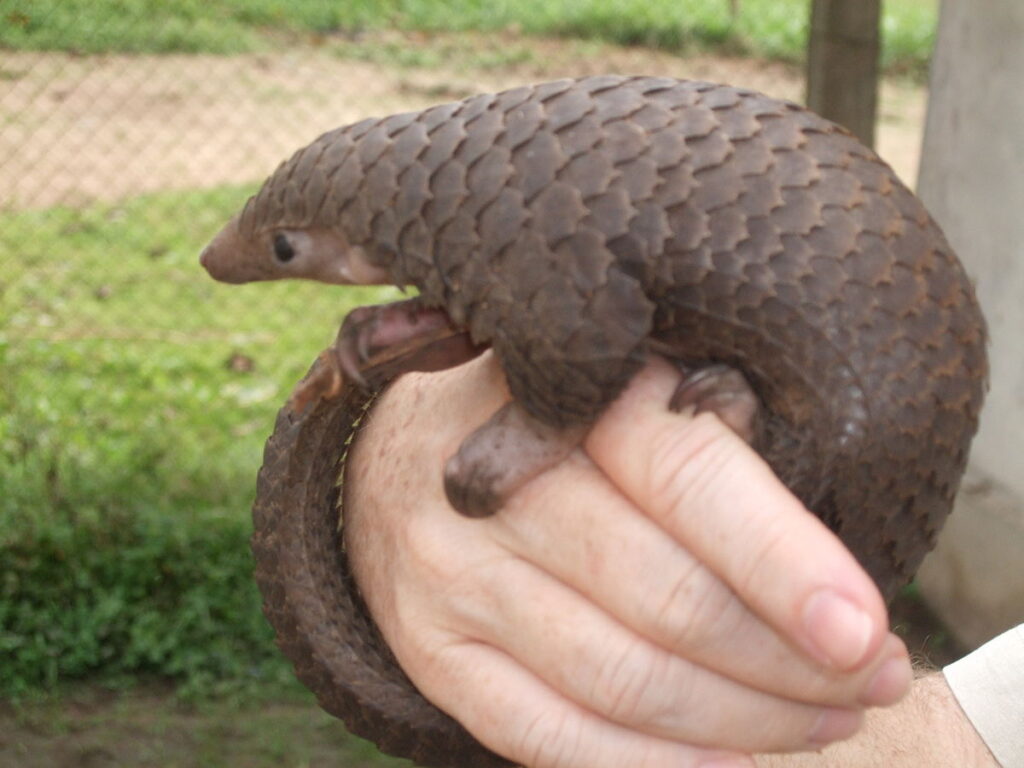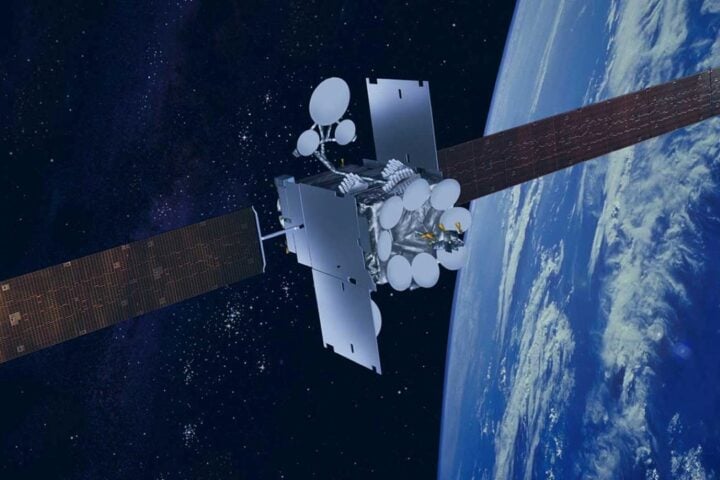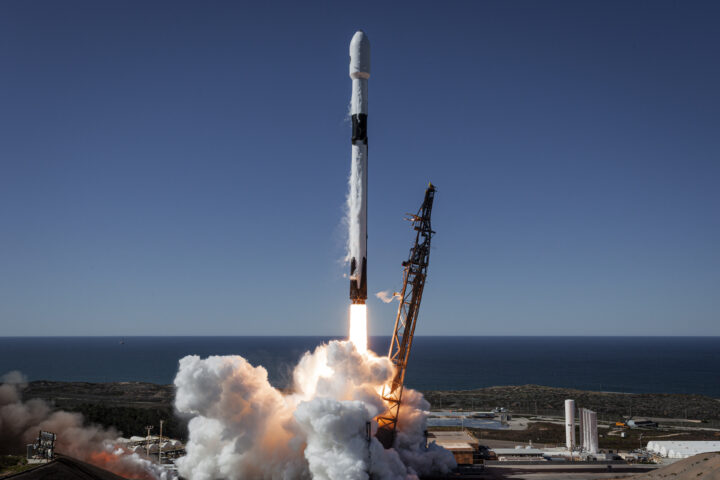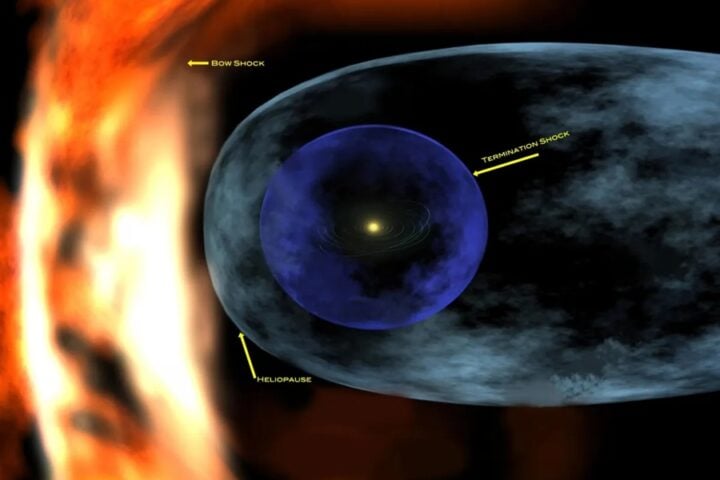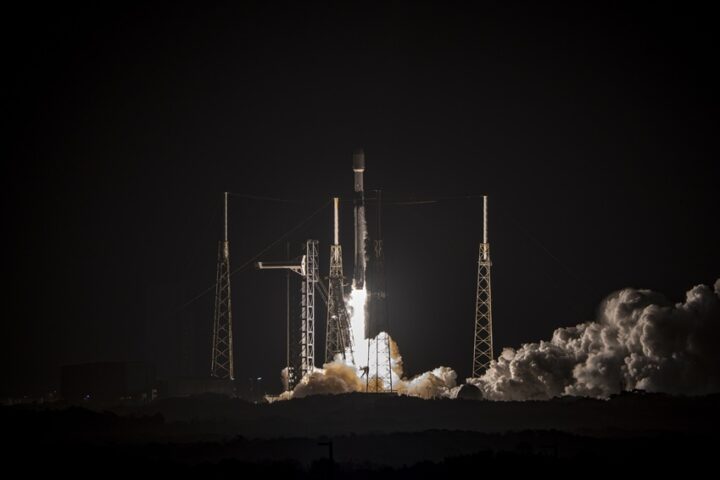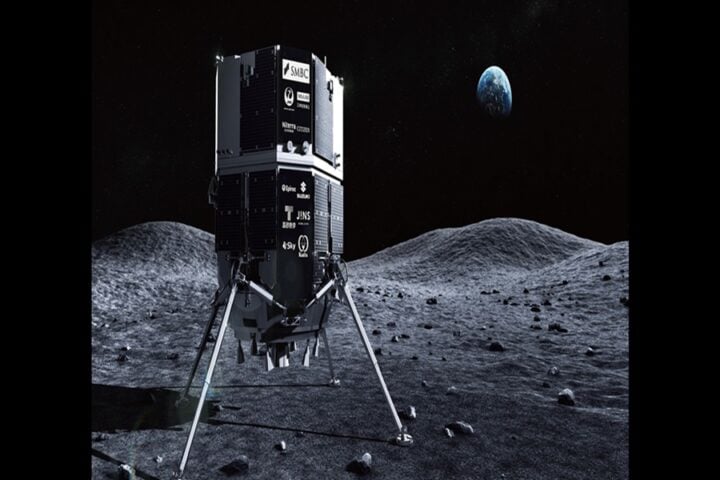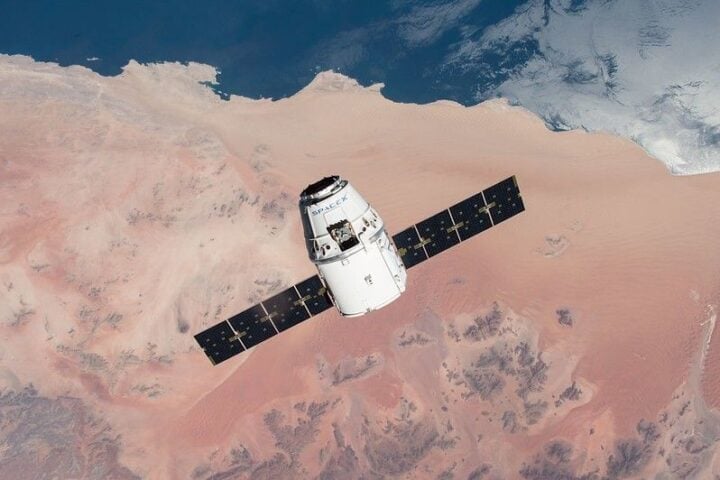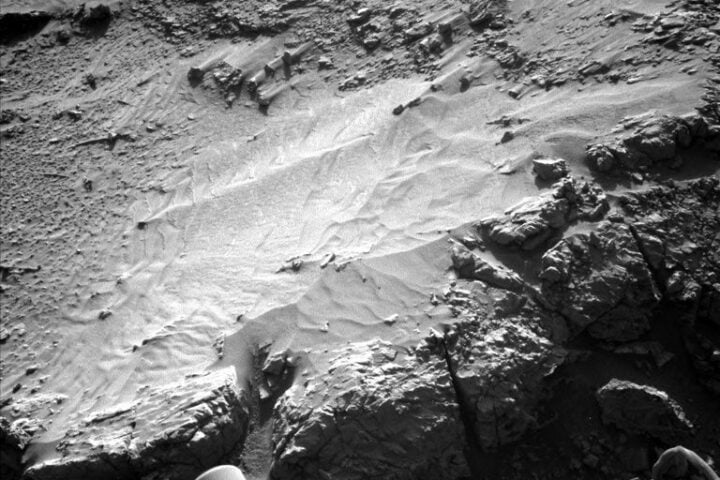A rock the size of a grape has caught the attention of NASA scientists exploring Mars. The Perseverance rover, NASA’s car-sized robot currently driving across the Red Planet, found this special sample while climbing out of a massive crater.
Scientists named it “Silver Mountain,” and it’s unlike any rock they’ve found on Mars before. “My 26th sample has textures unlike anything we’ve seen before,” reported the rover’s team, sharing a photo that shows the rock’s unusual surface patterns.
The rover found this sample in Jezero Crater, a bowl-shaped dip in Mars’ surface as wide as Los Angeles. Scientists chose this spot because, billions of years ago, it was likely filled with water – similar to how Earth has lakes today.
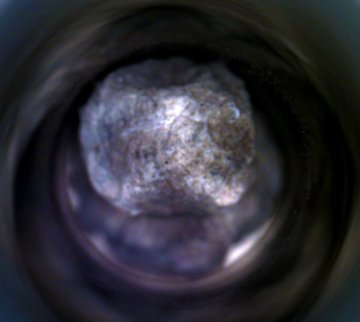
What makes this discovery special is its age. The rock formed about 4 billion years ago, during a time called the Noachian period. Back then, Mars looked very different from today – it had water flowing on its surface and might have been more like Earth.
Similar Posts
“These rocks could be among the oldest found anywhere in the solar system,” explained NASA’s Jet Propulsion Laboratory. Think of it like finding a perfectly preserved dinosaur bone, except this rock is much, much older and comes from another planet.
Getting the rock back to Earth for study won’t be easy. NASA’s plan to return Mars samples has hit some roadblocks. The cost has grown to $11 billion, and the timeline now stretches to at least 2040. That’s why NASA administrator Bill Nelson says they’re looking at new ways to bring the samples home that might save time and money.
Meanwhile, China has announced its own plans to bring Mars rocks back to Earth. They hope to launch their mission in 2028 and return samples by 2031, potentially beating NASA to this achievement.
The Perseverance rover continues its work on Mars,having collected 28 out of 43 planned samples. Each one, including Silver Mountain, could help answer questions about Mars’ past and whether it once had the right conditions for life.Nicky Fox, who leads NASA’s Science Mission Directorate, emphasized why getting these samples back to Earth matters: “We want to bring those back as quickly as possible to study them in state-of-the-art facilities.” In Earth laboratories, scientists can use powerful tools that are too big or complex to send to Mars.
